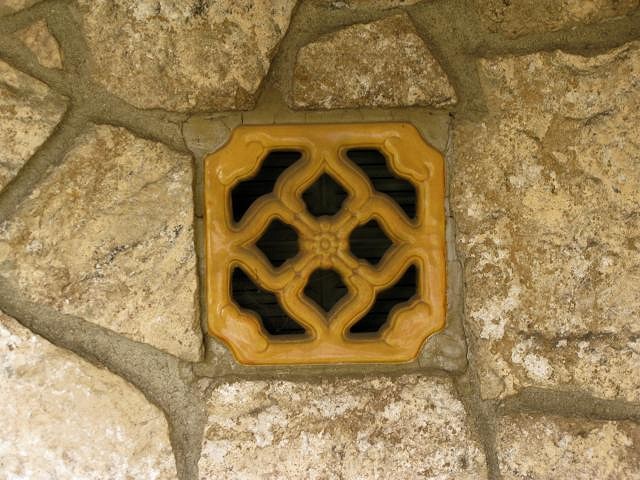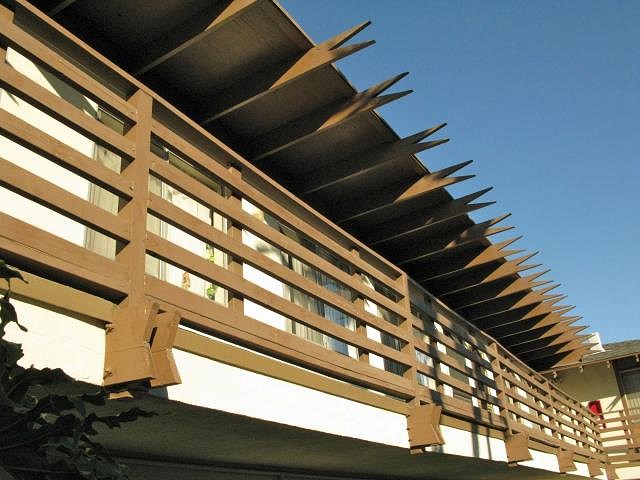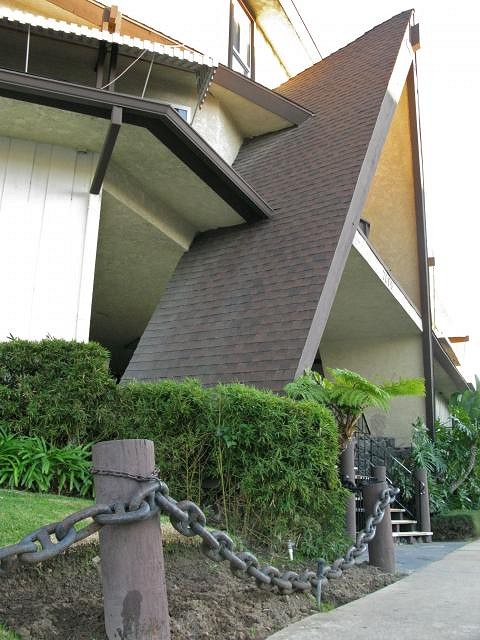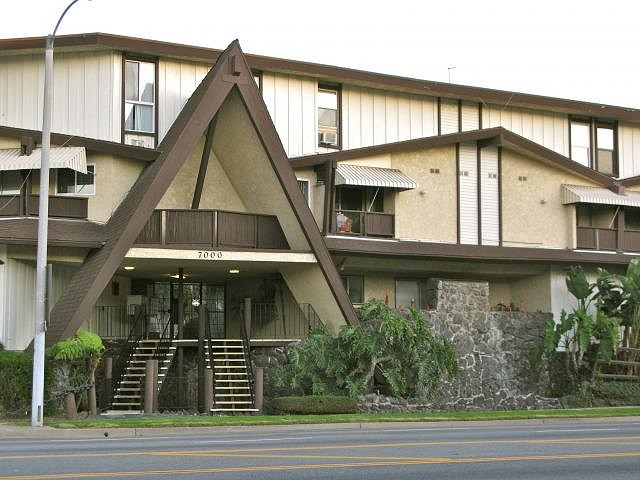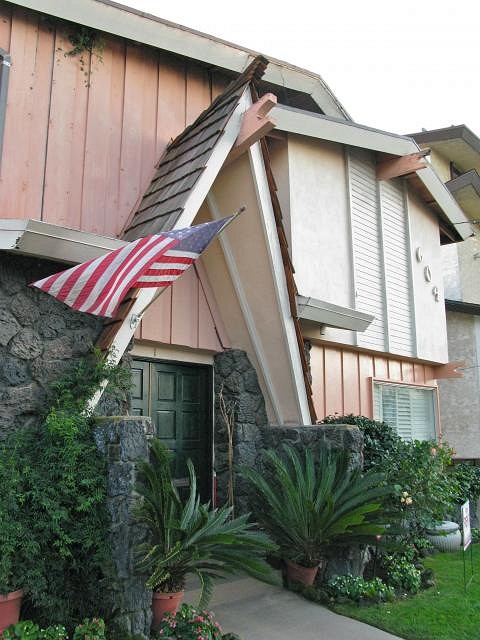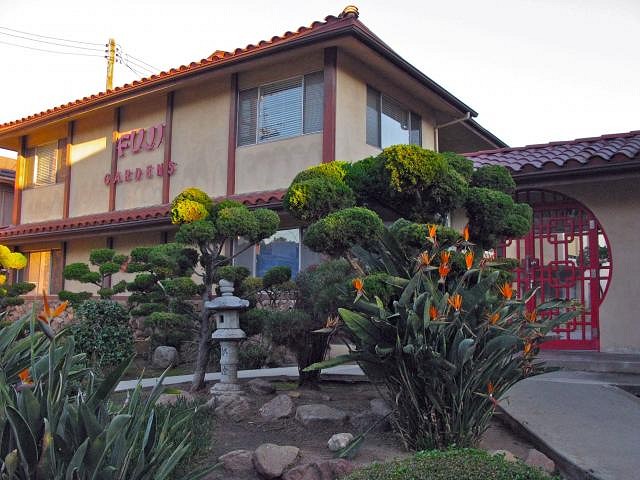Tiki Central / General Tiki / Mapping out tiki in Orange County, Calif.
Post #641337 by bigbrotiki on Fri, Jun 22, 2012 5:07 AM
|
B
bigbrotiki
Posted
posted
on
Fri, Jun 22, 2012 5:07 AM
Whoa, glad to see some serious discussion and respectful communication going on here. While we are still in the dark about the cultural link and first American appearance of the outrigger beam, and cannot pinpoint the exact source of the A-frame roof, we all agree that these are two of the main features of Tiki architecture. I think the big question posed here is: Are these two elements enough to make any building "Tiki"? How many elements does a building need to make the step from having "Tiki flourishes" to being "Tiki"? I always liked James Teitelbaum's "TYPSY" (Tikis-per-square-inch) factor he applied to Tiki Bars, I would be easy to create something like that for mid-century tropical architecture: ***** = full fledged Tiki temple with Tikis, A-frame, outrigger beams, Polynesian name, entrance bridge, waterfalls, etc **** = Tiki temple that has seen better days, but has some telling details left like lava rock walls, outriggers, A-frame, waterfalls *** = clear Tiki influence, but could also be less specific mid-century modern tropical ** = has single elements of Tiki style, but was not specifically conceived as being of that style
Looking back at what attracted me to Tiki in the first place was the fact that it was flamboyant, elaborate and baroque in the multitude of its style elements, and that more so than other theme concepts applied in architecture. So to me, when there are not enough of those elements in place, a place is not really "Tiki" in spirit and character. This said, another main other aspect of Tiki that fascinated me is the juxtaposition of modern and primitive. So a very sleek A-frame with just ONE Tiki can be more interesting to me than a mansard-roofed building with a Hawaiian name and some tropical landscaping. It can be quite rewarding for the urban archaeologist to find single STYLE ELEMENTS that show the influence of Tiki. Some elements can be traced back directly to Tiki because they clearly stem from Polynesian restaurants. Don The Beachcomber was the first again here with many original ideas. Here his "Chinese tile", found built into a wall at the Outrigger apartments on Rosemead Blvd in L.A.: And I would classify "outrigger" beams as a Tiki feature, even if they appear on buildings in California that are not specifically Tiki: Nautical elements are also more often used in Tiki dwellings than anywhere else: Now the above example, having not only pier pylon and anchor chain railings, but a huge A-frame and an elaborate lava rock waterfall and moat, would get a 4-Star rating from me: But what about this one?: It would only get a 3-Star, because even though it has several main style elements of Tiki style, there was no clear indication that it was intended to be Tiki. The differentiation I am making here is IS a place Tiki, or does it just use elements of the style. (Then again, this could be low-budget Tiki, the little house that would if it could. The only way to really find out is to talk the owners/builders) And then there are OTHER themes: :) One more thing: I had not seen Zulu's post on the Dickey roof...
...and while it is a great find, I cannot agree with his enthusiastic comparison to other forefathers of American Poly pop:
|

